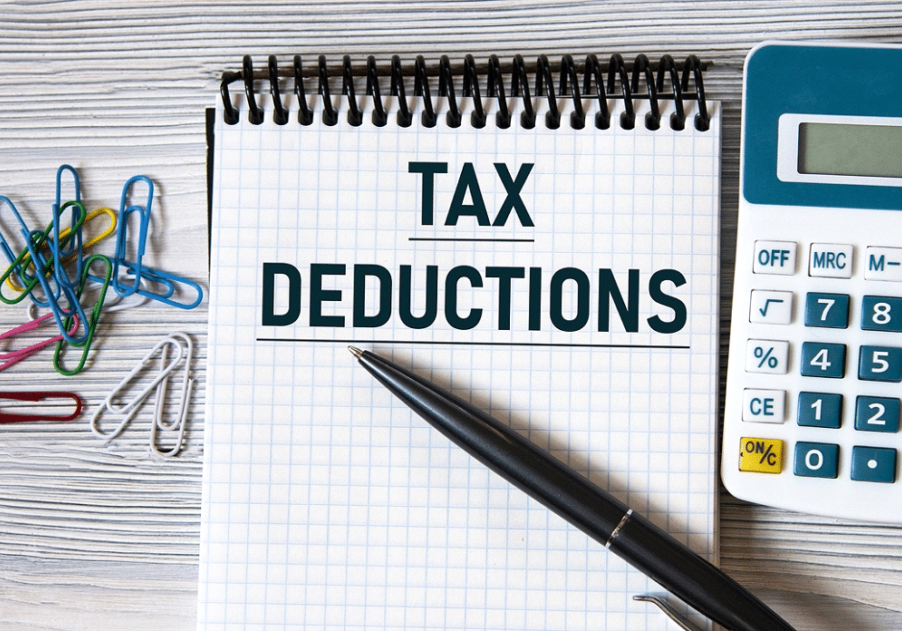Do You Owe SE Tax on Home Rental Income?

| If you rent out a second home — or part of your main residence — you may be unclear about whether you need to pay self-employment (SE) tax on your net rental income. In fact, the federal tax rules on this topic are somewhat confusing. The IRS recently published guidance on this issue that may apply to your situation — or not, depending on the circumstances. SE Tax Adds Up For 2023, you’ll owe self-employment (SE) tax at the maximum 15. 3% rate on the first $160,200 of your net SE income. Above the $160,200 ceiling, the SE tax rate drops to 2.9%, but you may also owe the 0.9% additional Medicare tax. If you’re married and your spouse also has SE income, a separate SE tax calculation must be made for your spouse, and the 15.3% maximum rate applies to the first $160,200 of your spouse’s net SE income. Above the $160,200 ceiling, your spouse’s SE tax rate drops to 2.9%, but again, the 0.9% additional Medicare tax may get added to the bill. The Issue IRS Chief Counsel Advice (CCA) 202151005 addresses whether net income from renting out living quarters — which means a home or part of a home — is excluded from SE income, under a taxpayer-friendly exception in the tax code. If the exception applies, you don’t owe SE tax on your net rental income. The exception isn’t available if you’re classified as a real estate dealer for federal income tax purposes. This term refers to somebody who’s in the business of holding real property for sale to customers. According to the CCA, when you’re not a real estate dealer, net rental income from renting out living quarters is excluded from SE income — if you don’t provide services to rental occupants. On the other hand, the CCA says that net rental income must be included in your net SE income — which could cause you to owe SE tax — if you provide services to renters and the services: 1. Aren’t clearly required to maintain the living quarters in a condition for rental occupancy, and2. Are so substantial that compensation for the services constitutes a material portion of the rent. SE tax can be a major cost if you collect significant rental income. (See “SE Tax Adds Up,” at right.) To determine whether taxpayers will owe SE tax on their rental income, the CCA sets forth two scenarios. Rental of Beachfront Vacation Property In the first scenario, the taxpayer was an individual who owned and rented out a furnished beachfront vacation property through an online rental marketplace, such as Airbnb or Vrbo. The taxpayer, who wasn’t a real estate dealer, provided amenities including Kitchen items, Linens, Daily maid service, Wi-Fi, Beach access, Recreational equipment, and Prepaid vouchers for ride-share services between the rental property and a nearby business district. According to the CCA, the taxpayer’s net rental income in this scenario was included in SE income. That’s because the taxpayer provided substantial services above and beyond what was required to maintain the property in a condition suitable for rental occupancy. Rental of Bedroom and Bathroom in Home In the second scenario, the taxpayer was an individual who owned and rented out a furnished bedroom and bathroom in a home via an online rental marketplace. The taxpayer wasn’t a real estate dealer. Renters had access only to the common areas of the home to enter and exit the bedroom and bathroom. They had no access to other common areas, such as the kitchen and laundry room. The taxpayer cleaned the bedroom and bathroom between each renter’s stay. According to the CCA, the taxpayer’s net rental income in this scenario was excluded from SE income. That’s because the taxpayer didn’t provide substantial services beyond those required to maintain the living quarters in a condition suitable for rental occupancy. Customary Issue The primary difference between these two scenarios was the level of services that the taxpayers provided to renters. The CCA concluded that the additional services provided for the beachfront vacation property were 1) above and beyond what was required to maintain the property in a condition for rental occupancy, and 2) were so substantial that compensation for the services constituted a material portion of the rent. However, some taxpayers argue that renters have come to expect these extras — and they’re essential to attract renters in competitive, high-end rental markets. According to IRS regulations, services provided to renters of living quarters are generally considered above and beyond only if they exceed the services that are customarily provided. Therefore, services that simply maintain a vacation rental property in a condition that’s customary for occupancy shouldn’t be considered above and beyond. Therefore, they shouldn’t trigger exposure to SE tax. In assessing whether services provided to renters are above and beyond what’s customary, circumstances matter. In the real world of expensive vacation rentals, renters customarily expect and receive lots of services that might be considered above and beyond in other circumstances. For instance, luxury vacation home renters customarily may expect and receive: Cable TV, WiFi access, Periodic housekeeping, including changing bedding and towels, Repair of failed appliances, Replacement of lightbulbs and smoke alarm batteries, and Access to recreational equipment, such as bicycles, kayaks, beach chairs, umbrellas, and coolers. Substantiality Issue In assessing whether services provided to renters are above and beyond, substantiality also matters. When rental rates are high — as in the case of a luxury beachfront condo or a property in an upscale resort area — it’s likely that only an insubstantial percentage of the overall rental charges are attributable to services and amenities.A landmark U.S. Tax Court decision — Bobo v. Commissioner (70 TC 706, 1978) — addressed the issue of substantiality. In Bobo, the taxpayer rented out trailer park spaces and furnished laundry services. The laundry services were clearly provided for the convenience of the tenants and not to maintain the trailer park spaces in a condition for rental occupancy. Tenants weren’t separately billed for them, and the services weren’t separately paid for. The court concluded that any portion of the rental payments that were attributable to the laundry services wasn’t substantial enough to trigger exposure to the SE tax. Accordingly, the court opined that all of the taxpayer’s net rental income was excluded from SE income. Likewise, in the context of expensive vacation properties, any portion of rental charges that could be attributed to the provision of services would likely be insubstantial in relation to the overall rental changes. According to the Tax Court, the provision of services that are insubstantial as a percentage of the overall rental charges wouldn’t expose the property owner to the SE tax. What’s Right for You? There are valid reasons that the first scenario presented in the CCA — the owner of a beachfront vacation home who was required to pay SE tax — may not apply to your rental property, even when multiple services are provided to renters. Namely, you may be providing services and amenities 1) that renters customarily expect, and 2) the cost of providing services and amenities may be insubstantial compared to the high rates you receive from renters. Taxpayers should be skeptical about guidance in CCAs as these can be self-serving documents that tilt in favor of the IRS. There may be well-founded alternative interpretations that favor taxpayers. The IRS isn’t in the business of advising you on when you can take advantage of favorable tax rules. Instead, you can count on your tax professional to advise you on what’s appropriate for your situation |










